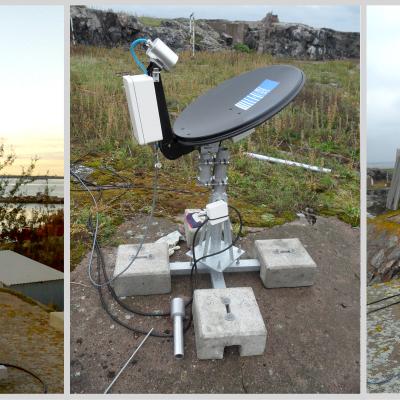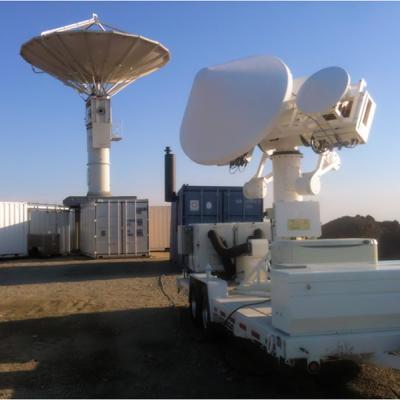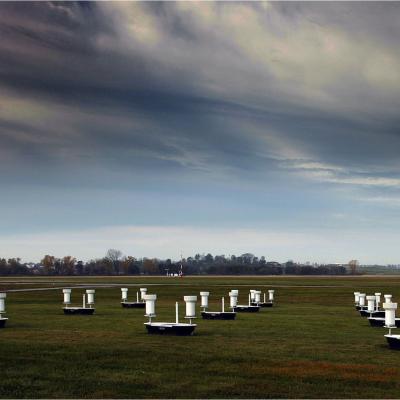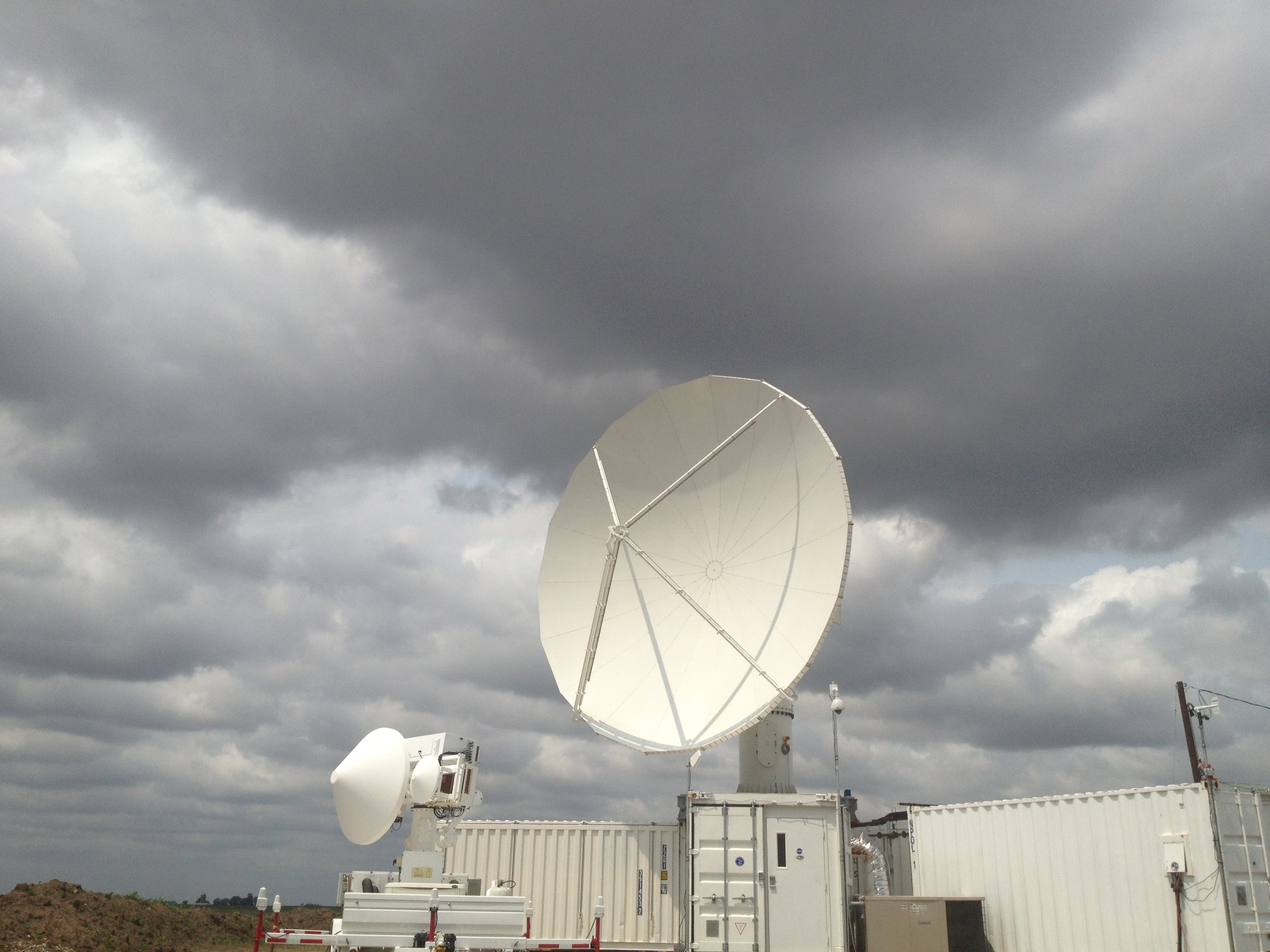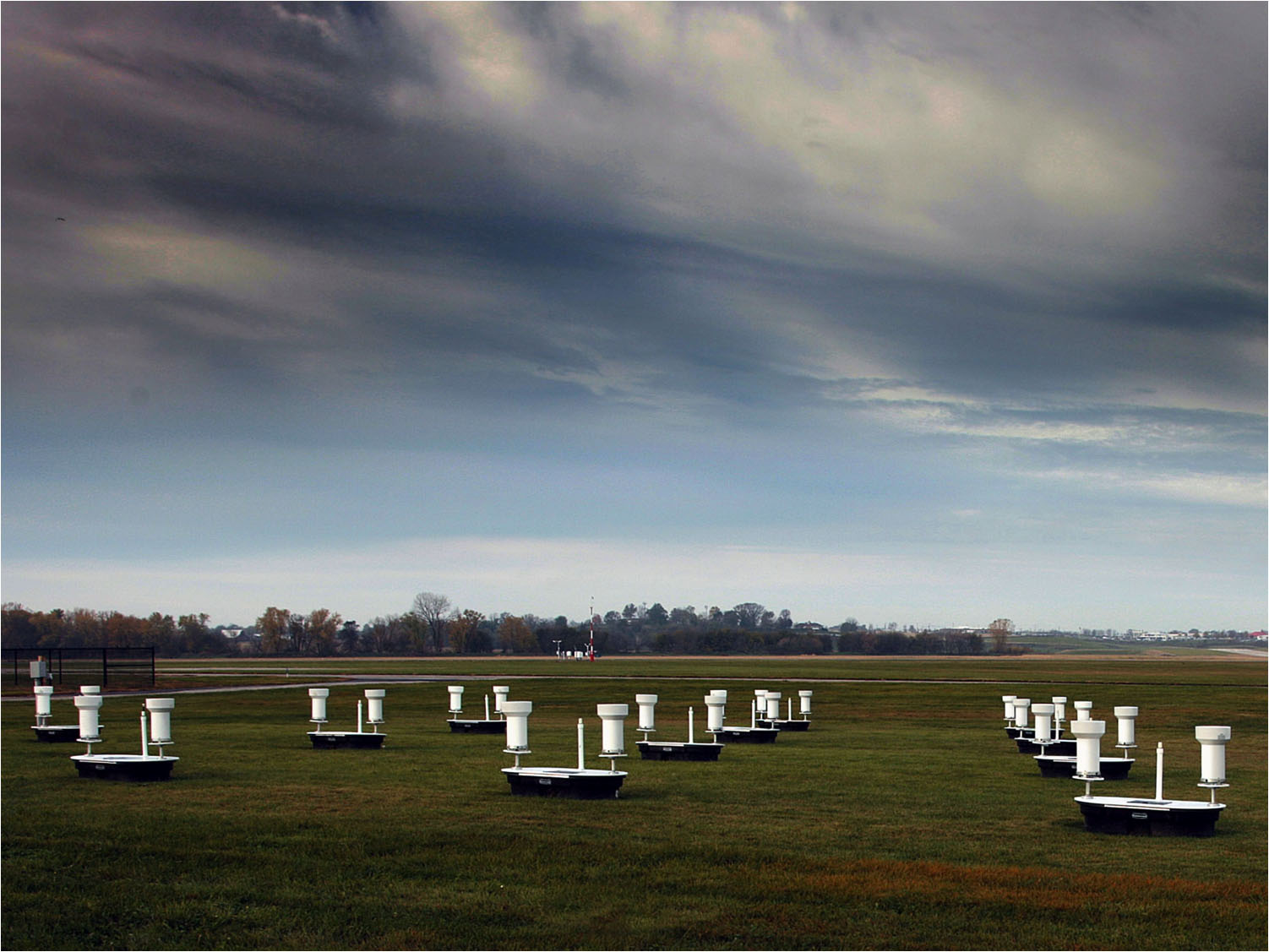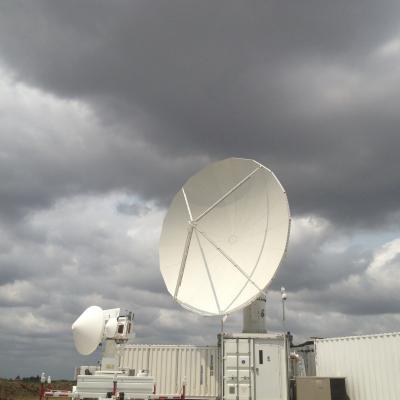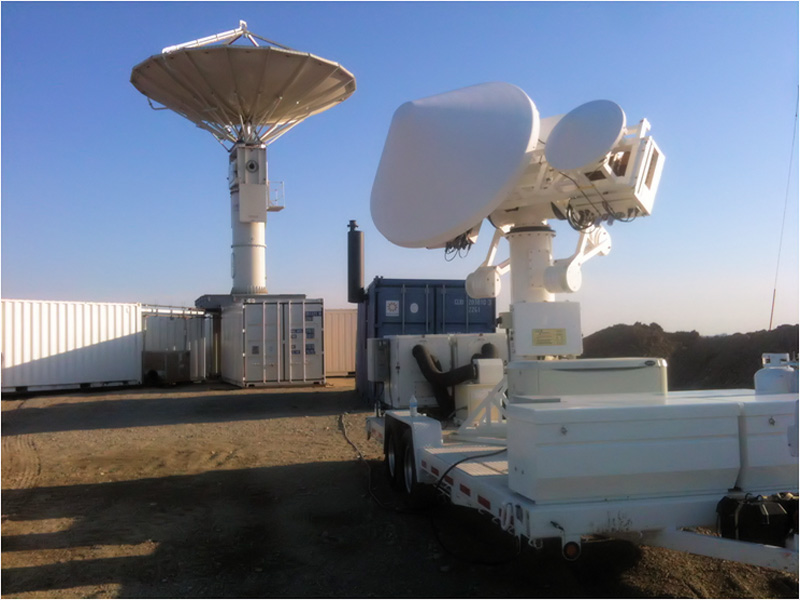D3R Radar at IPHEx

Image Caption
Set up on a ranch in Rutherford County, N.C., NASA's Dual-frequency, Dual-polarization, Doppler Radar (D3R) is one of several ground radars measuring rain as it falls from clouds. It has the same two frequencies as are on the GPM Core Observatory Satellit



